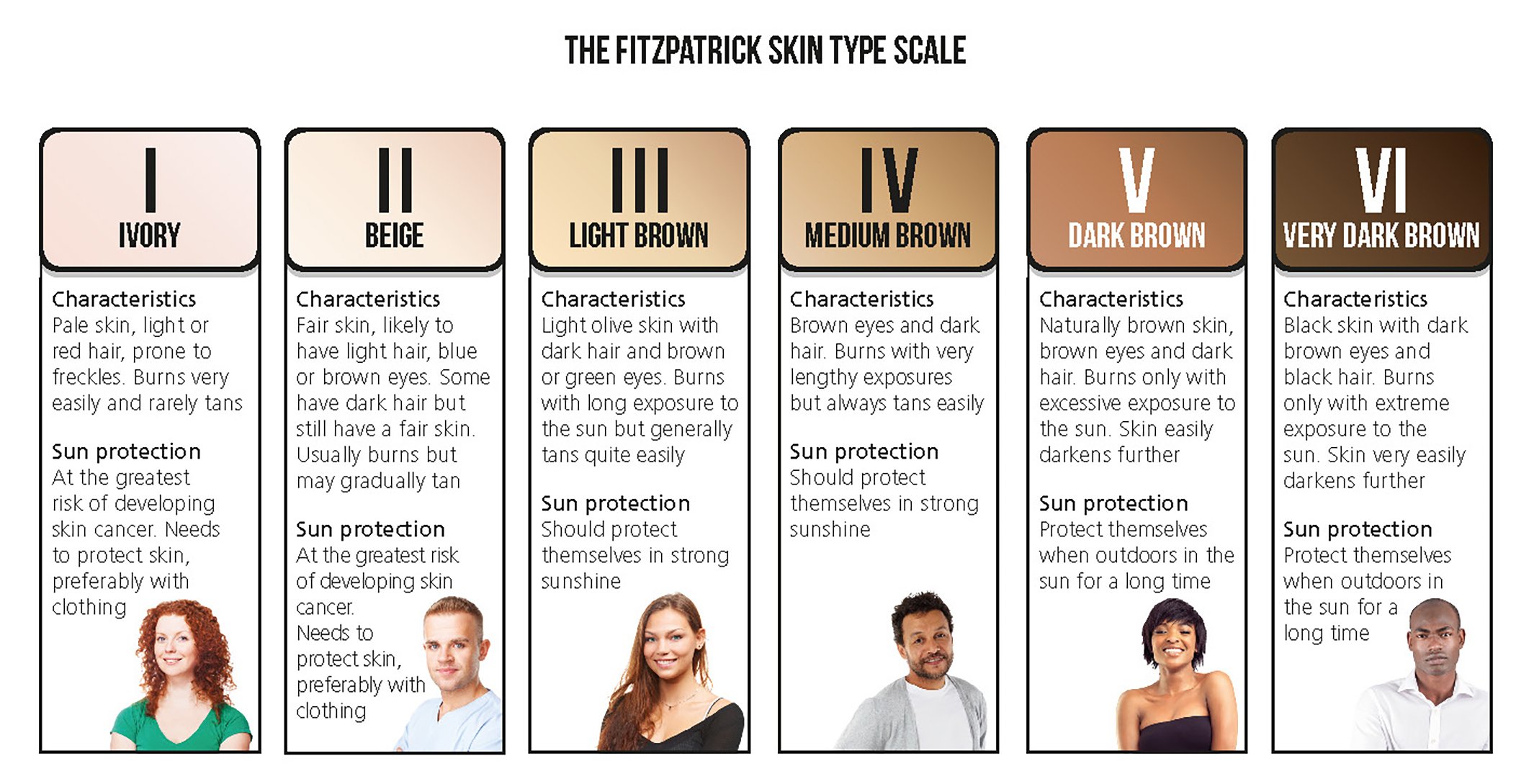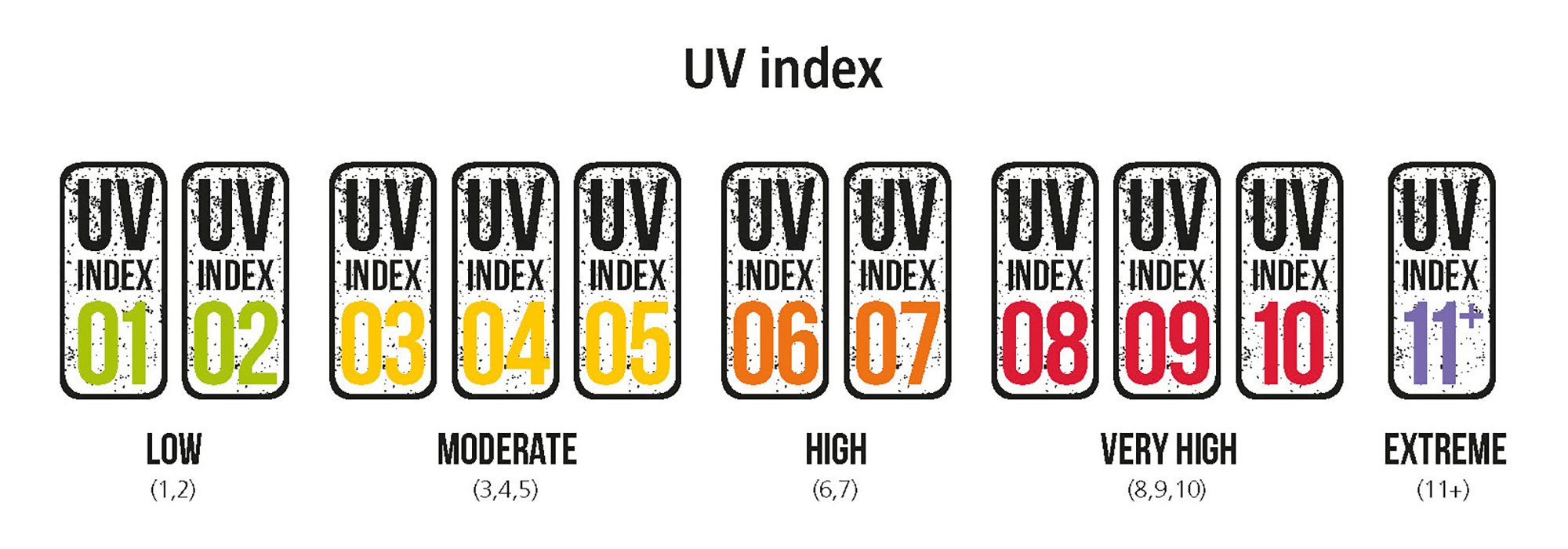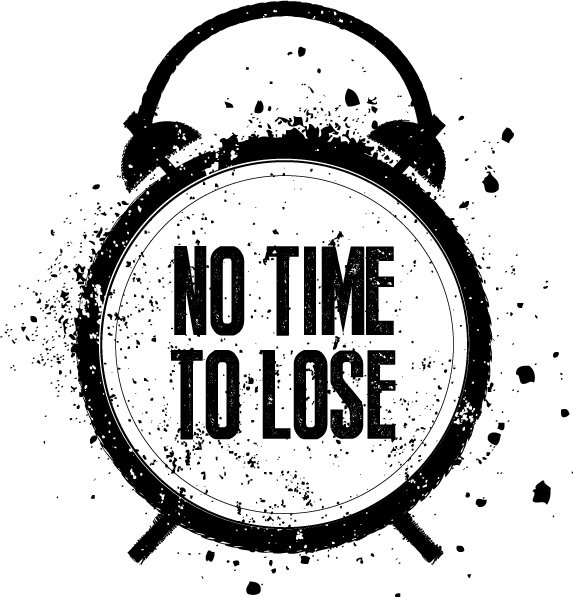As IOSH launches the next stage of its campaign, Caroline Patel highlights the health risks associated with working outdoors in the sun and explains how safety and health professionals can assess and manage those risks.
If you don’t work outside, you will probably know someone who does.
From construction workers and farmers to tree surgeons and professional athletes, the great outdoors is where many of us make our living. For those of us who do, it is where we can put ourselves at risk of contracting a disease all too rarely considered at work.
I am talking, of course, about skin cancer. IOSH’s new campaign to raise awareness of work-related cancers and their causes, No Time to Lose, has turned its attention to this disease because we believe so much more can be done to beat it.
According to research by Imperial College London, on average five people a day will be diagnosed with skin cancer contracted at work in Britain.
This is why IOSH has created free guidance and resources to help employers and safety and health professionals assess and manage the risks. And because practice-based research shows that raising awareness is an important first step, we are also offering a range of engagement tools.
Why solar radiation is a risk
Solar radiation is the radiant energy emitted by the sun. The sun emits different kinds of light, some of which we can see and others that are invisible:
- the visible light you see;
- the infrared radiation you feel as heat;
- the ultraviolet (UV) radiation that produces tanned skin.
It is the UV radiation element of the sun which can lead to premature ageing, wrinkles and, ultimately, skin cancer if precautions are not taken to protect our skin.
UV radiation is classified into three bands:
- UVA – accounts for around 95 per cent of the UV radiation reaching the earth’s surface. It penetrates deeply into the skin and is principally responsible for premature ageing and wrinkling of the skin, as well as skin cancer.
- UVB – the majority is filtered by the ozone layer before reaching the earth’s surface. It is more damaging than UVA, affecting outer layers of the skin and causing sunburn, as well as premature ageing, wrinkles and skin cancer.
- UVC – the most dangerous type of UV radiation, but mostly prevented from reaching the earth’s surface by the ozone layer.
Solar radiation is classified as a Group 1 carcinogen and has been identified as a definite cause of cancer for humans by the International Agency for Research on Cancer (IARC).
Today, the risk of getting skin cancer from sun exposure is well known and widely understood – we hear about it in the media and we see the marketing associated with sun creams and other products, almost universally aimed at consumers in the holiday, sports and leisure markets.
In contrast, in many industry sectors, there is a failure to acknowledge or properly manage the risks, often because of a lack of awareness of the issue’s scale, and because of the myths around how sun damage can happen and risk factors in different climates.
There are cultural challenges in some industries too – for example a ‘macho’ culture in the face of certain risks in some parts of the construction sector.
The reality is that the risks to ordinary holiday-makers are incomparable to those faced by millions of outdoor workers, who for significant periods of the year are typically exposed to solar radiation for hours at a time, day in, day out.
Who is affected at work?
IOSH’s campaign is far-reaching because anyone working outside in the sun can be affected – outdoor work does not have to be full-time to pose a problem.
The groups of people who could be at risk range from those who work in agriculture and construction, to maritime industries and grounds and landscape management.
Health facts about skin cancer
Sun exposure is the main cause of skin cancer. The simple fact that skin has changed colour after being exposed to the sun shows that it is being damaged.
Sunburn is a reaction to over-exposure of UV radiation – the top layers of skin release chemicals that make blood vessels expand and leak fluid causing swelling, pain and redness. Without protection from the sun, UV radiation starts to penetrate deep into the layers of the skin and damages skin cells, which can lead to the cell mutations associated with cancer.
Worldwide, sun exposure is the main cause of both malignant melanoma and non-melanoma skin cancer. Malignant melanoma is an aggressive form of cancer, less receptive to treatment than nonmelanoma skin cancer, and has a higher death rate, especially if diagnosis is delayed and the cancer has spread.
Non-melanoma skin cancer, which includes basal cell (rodent ulcers) and squamous cell carcinoma, is rarely fatal but requires treatment and sometimes minor surgery.
Both non-melanoma skin cancer and malignant melanoma have been shown to be associated with chronic exposure, typically experienced by many outdoor workers, although for malignant melanoma intermittent sun exposure and sunburn history are considered particularly important. It is thought that getting painful sunburn just once every two years can triple the risk of malignant melanoma.
New research commissioned by IOSH from Nottingham University into sun exposure in the UK construction sector found that awareness around solar radiation risks is generally poor – two thirds of workers outside for an average of nearly seven hours a day thought they were not at risk, or didn’t know whether they were or not.
Fifty-nine per cent of construction workers reported having sunburn at least once in the last year. Just over 40 per cent thought there was no need to wear sunscreen on a cloudy day. Most failed to use measures to protect themselves against sun exposure. These findings sit uncomfortably with the fact that cases of skin cancer generally are rising faster in the UK than in the rest of Europe.
 The scale of the problem
The scale of the problem
Skin cancer is the most common cancer. The World Health Organization estimates that between 2 million and 3 million non-melanoma skin cancers and 132,000 melanoma skin cancers occur globally each year.
From an occupational perspective, it is difficult to achieve accurate estimates of people exposed to solar radiation at work – only one or two countries have estimated exposure levels.
In Germany, it has been estimated that 2.5 million to 3 million outdoor workers are exposed. In Great Britain, an estimated 5.5 million people have been exposed to the sun’s rays through their work – in sectors including the service industries, construction, and agriculture.
According to Cancer Research UK, outdoor workers are at higher risk from non-melanoma skin cancer (43 per cent higher risk of basal cell carcinoma and 77 per cent higher risk of squamous cell carcinoma).
IOSH-commissioned research from Imperial College shows that up to 50 people a year die of malignant melanoma skin cancer caused by sun exposure at work in “The reality is that the risks to ordinary holiday-makers are incomparable to those faced by millions of outdoor workers, who for significant periods of the year are typically exposed to solar radiation for hours at a time, day in, day out” Britain. The majority are men, and just under half those diagnosed with malignant melanoma linked to occupational exposures are under 65. In addition, a further 12 workers on average a year will die from non-melanoma skin cancer. These findings are echoed in studies from around the world, including North America, Australia and other European countries.
What you need to do
Skin cancer is an avoidable disease – 90 per cent of skin cancer deaths could be prevented if exposure to UV is controlled. Tackling solar radiation exposure is relatively easy to achieve, and is not necessarily costly. Start by assessing the risks of exposure to your employees:
- Do any employees work regularly outside?
- Are workers exposed to higher levels of solar radiation for significant periods? Remember that even on cloudy days there can be enough radiation to damage the skin – up to 80 per cent of UV rays can penetrate clouds.
- Are workers unprotected from the effects of solar radiation?
If you answer ‘yes’ to these basic questions there could be a risk of people being harmed by solar radiation and you will need to either prevent or control the potential exposure.
 Actions to control exposure
Actions to control exposure
As part of a sun safety strategy, it is important to:
- Check the UV index from the weather forecast, and communicate information to relevant workers, alongside prompts to use protective measures to minimise exposure. Many apps and websites include UV forecasts for a wide range of locations.
- Avoid or minimise exposure to direct sunlight in the middle of the day – 60 per cent of daily UV radiation occurs between 10am and 2pm.
- Regularly swap job tasks between workers to make sure everyone on the team can spend some time in the shade.
- Use heavy-duty cover or shade when working outdoors in the sun – shade can cut UV exposure by 50 per cent or more. Check protection levels with your supplier.
- Make sure rest breaks are taken in shaded areas or indoors – siting water points in shaded areas or indoors can help encourage breaks to be taken out of the sun.
- If employees are regularly driving during high UV months, add UV protective films or tints to plain glass vehicle windows if they are not laminated (lamination can filter most UVA).
- Raise awareness of solar radiation issues with workers, using toolbox talks or training sessions – using a resource like IOSH’s free ‘Sun safety in construction’ film will help get the message understood and encourage outdoor workers in any sector to take responsibility for their own health.
- Ask employees to cover up with longsleeved, loose-fitting tops and trousers when working outdoors during months with high UV levels – you will need to check the ultraviolet protection factor (UPF) rating and make sure the design of the clothing fits the job and does not introduce other hazards.
- Wear wide-brimmed hats that shade the face, head, ears and neck or if safety helmets are worn, use those fitted with flaps to protect the neck.
- Wear sunglasses with 100 per cent UV protection or use UV-filtering safety goggles with the same level of protection if the work means physical eye protection is needed. Look for the ‘UV 400’ marking.
- Use high-factor sunscreen where the skin can’t be protected by other measures, for example, on the hands, face and lips.
- Encourage workers to check their skin for changes to moles or other changes. Detecting the early signs of skin cancer and undergoing early treatment can save lives.
Caroline Patel is head of campaigns at IOSH
Sources: Cancer Research UK, Health and Safety Executive, Institute of Occupational Medicine, International Agency for Research on Cancer, Institution of Occupational Safety and Health, Office for National Statistics, Dr Lesley Rushton (Imperial College London).
Technical content contributions from Professor John Cherrie, Heriot-Watt University and Institute of Occupational Medicine, Paul Madgwick, construction health and safety manager and CDM coordinator, Sheffield Teaching Hospitals NHS Foundation Trust, Dr Jonathan Houdmont, Assistant Professor in Occupational Health Psychology at the University of Nottingham, and Phil Bates CMIOSH, senior policy and technical adviser, IOSH.
Launched in April, IOSH’s free pack on solar radiation risks contains a wealth of information and resources to help protect employees from the risks of skin cancer. Visit: www.notimetolose.org.uk
All the materials are also available free as hard copies – contact [email protected]



I followed a link from CPD/Fire Safety and it has brought me to this article on skin cancer. tried with a different browser- same result- duff link:-(
Hi Michael,
You’re quite right – the link was going to the wrong article. That has been corrected now and the article it should be directing to is this one: https://www.shponline.co.uk/fire-safety-cpd/
All the best,
Roz